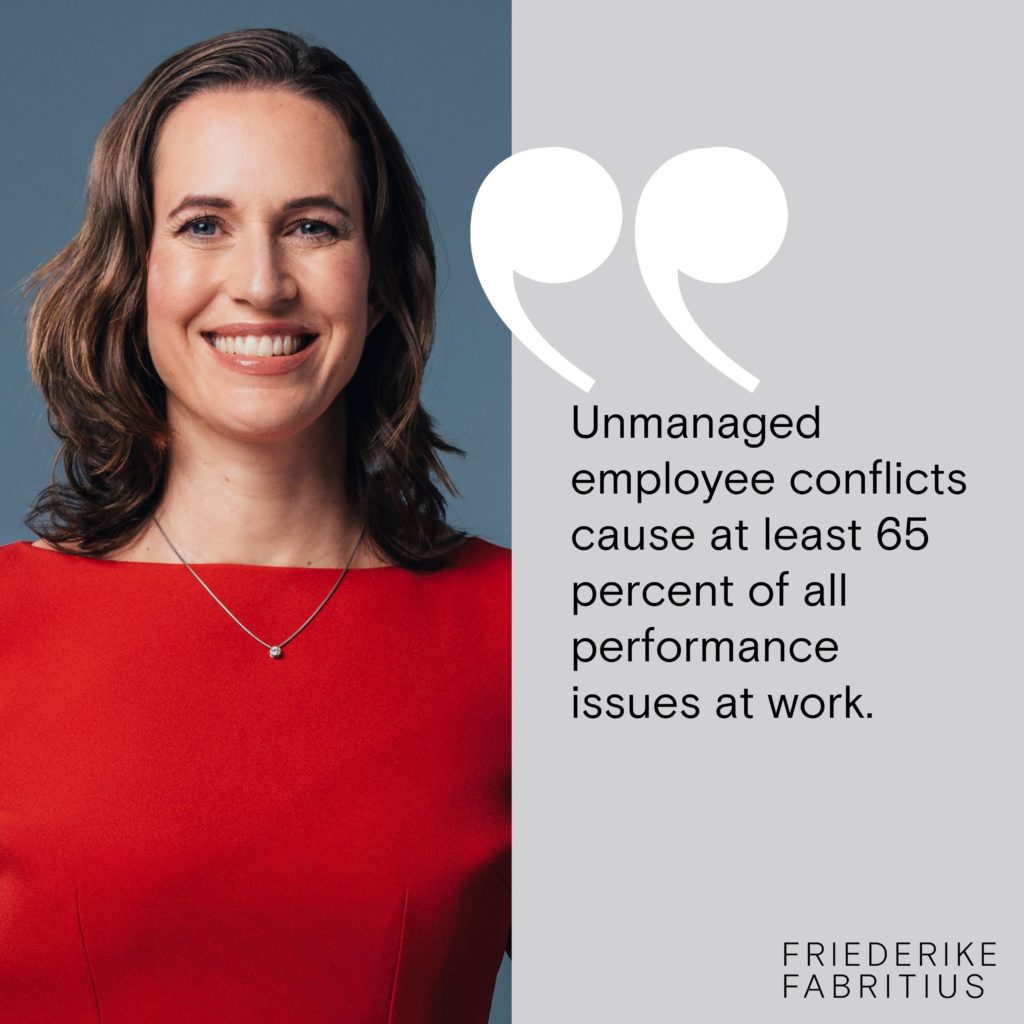How to resolve conflict at work
Roll a ball down a sidewalk and it would keep going forever if it weren’t for one thing: friction.
Friction between coworkers can bring a smooth-running office to a virtual standstill. Performance suffers and morale does a nose dive.
The source of the friction is usually explained as “personality clashes.” But what does that really mean? And how can you get rid of them?
Here’s how you shouldn’t get rid of them: Hire employees who all think alike. You may solve your problem of conflict but you’re more likely to wind up with results that are overdue, unimaginative, or both.
Different strokes for different folks
The solution is simple, but challenging: Acknowledge that different people approach problems in different ways. Our individual personalities are the product of a cocktail of neurotransmitters in our brains that influence the tasks we prefer and the ways we like to work. I like to call these different cocktails neurosignatures.
Although these neurosignatures are unique to each person, they fall under just four basic styles: personalities that are dominant in dopamine, serotonin, estrogen, and testosterone.
For example, people with high levels of dopamine are sensation seekers — they love “pushing the outside of the envelope” and sometimes even deliberately create chaos — such as intentionally delaying work on a project until the day before it is due — in order to manufacture the extra excitement they crave.
Their polar opposites are people high in serotonin. These folks like rules and regimentation and can usually be trusted to deliver projects on time, in the proper format, and with no mistakes.
Variety is the spice of life
When forming a new team, you can increase productivity by balancing out these different neurosignatures.. Each member of the group can contribute a set of skills that are complementary to each other. The dopamine dominants can contribute creativity and take risks that lead to genuine breakthroughs, while the serotonin dominants will keep the team’s mission from being lost in the confusion and insure that deadlines are met.
All of this might seem like an invitation for more friction not less. Not so. Once everyone learns to recognize the basic neurosignatures and the skills that each can offer, the respect between coworkers should increase and productivity will follow.
Individuals will no longer view the differing approaches by other team members as sources of friction but will realize instead that it’s just how they roll!
